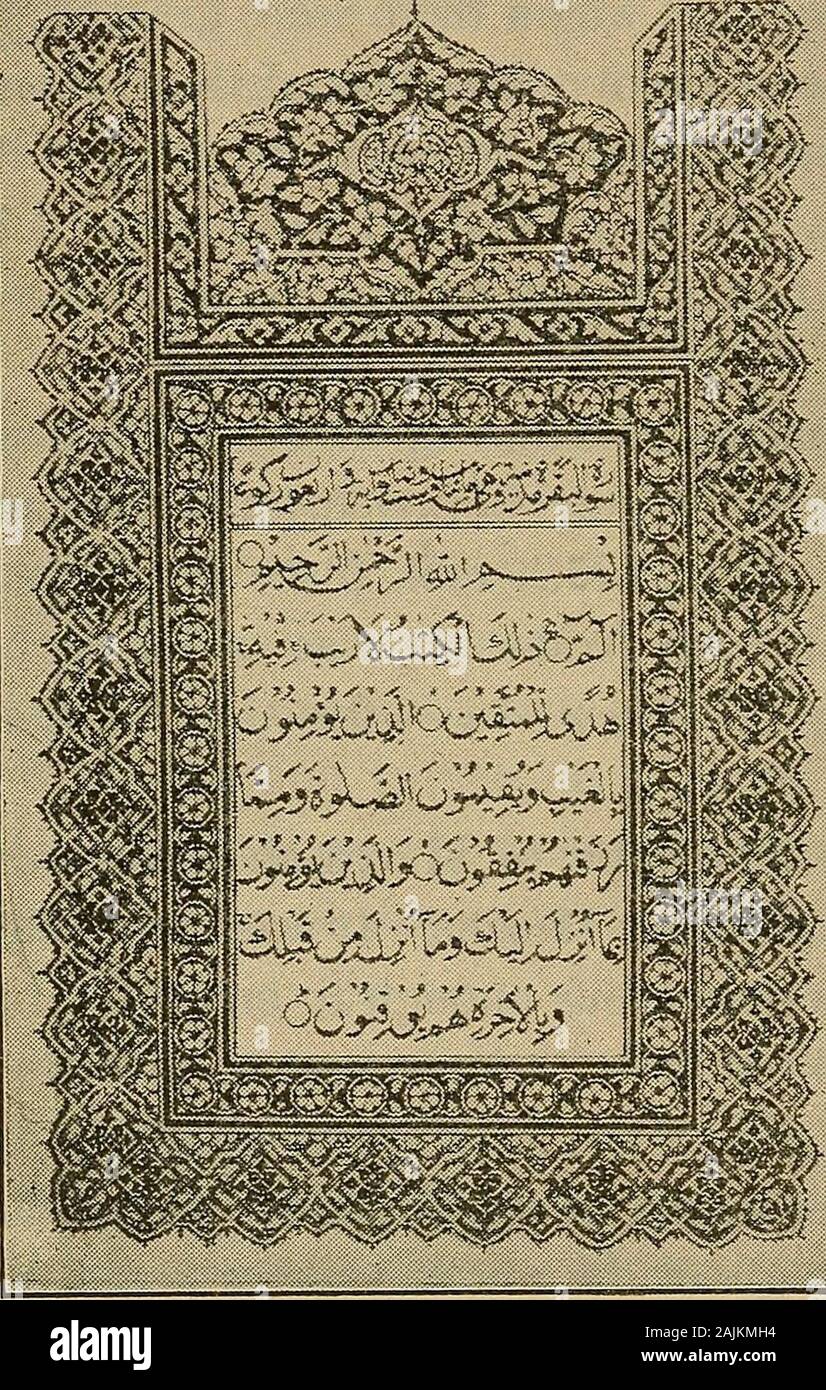Medieval and modern times; an introduction to the history of western Europe form the dissolution of the Roman empire to the present time . te. Mohammed believed that there had been greatprophets before him, — Abraham, Moses, and Jesus amongothers, — but that he himself was the last and greatest of Gods messengers, whobrought the final andhighest form of religionto mankind. He de-stroyed all the idols inthe Kaaba at Meccaand forbade his follow-ers to make any imageswhatsoever — but heleft the black stone. Besides serving theone God, the Moham-medan was to honor hisparents, aid the poor,protect

Image details
Contributor:
The Reading Room / Alamy Stock PhotoImage ID:
2AJKMH4File size:
7.1 MB (834.6 KB Compressed download)Releases:
Model - no | Property - noDo I need a release?Dimensions:
1260 x 1983 px | 21.3 x 33.6 cm | 8.4 x 13.2 inches | 150dpiMore information:
This image is a public domain image, which means either that copyright has expired in the image or the copyright holder has waived their copyright. Alamy charges you a fee for access to the high resolution copy of the image.
This image could have imperfections as it’s either historical or reportage.
Medieval and modern times; an introduction to the history of western Europe form the dissolution of the Roman empire to the present time . te. Mohammed believed that there had been greatprophets before him, — Abraham, Moses, and Jesus amongothers, — but that he himself was the last and greatest of Gods messengers, whobrought the final andhighest form of religionto mankind. He de-stroyed all the idols inthe Kaaba at Meccaand forbade his follow-ers to make any imageswhatsoever — but heleft the black stone. Besides serving theone God, the Moham-medan was to honor hisparents, aid the poor, protect the orphan, keep his contracts, givefull measure, and weighwith a just balance. Hewas not to walk proudlyon the earth, or to bewasteful, for the waste-ful were ever the devilsbrothers. He was toavoid, moreover, allstrong drink, and thiscommand has savedMohammeds faithfulfollowers from the terrible degradation which alcohol has madeso common in our Western world. Besides obeying these and other commands the Mohammedanwho would be saved must do five things: First, he must recitedaily the simple creed, There is no god but God, and. Fig. 19. Arabic Writing This is a page from the Koran, with anelaborate decorated border. It gives anidea of the appearance of Arabic writing.The Arabic letters are, next to the Romanalphabet, which we use, the most widelyemployed in the world The Mohammedans 67 The fastof ramadan Mohammed is his prophet. Secondly, he must pray five timesa day—just before sunrise, just after noon, before and aftersunset, and when the day has closed. It is not uncommon tosee in well-furnished houses in this country the so-called prayer rugs brought from Mohammedan countries. Theseare spread down on the ground or the flat roof of the orientalhouse, and on them the worshiper kneels to pray, turning hisface toward Meccaand bowing his headto the ground. Thepattern on the rugindicates the placewhere the bowedhead is to be placed.Thirdly, the Moham-medan must fastduring